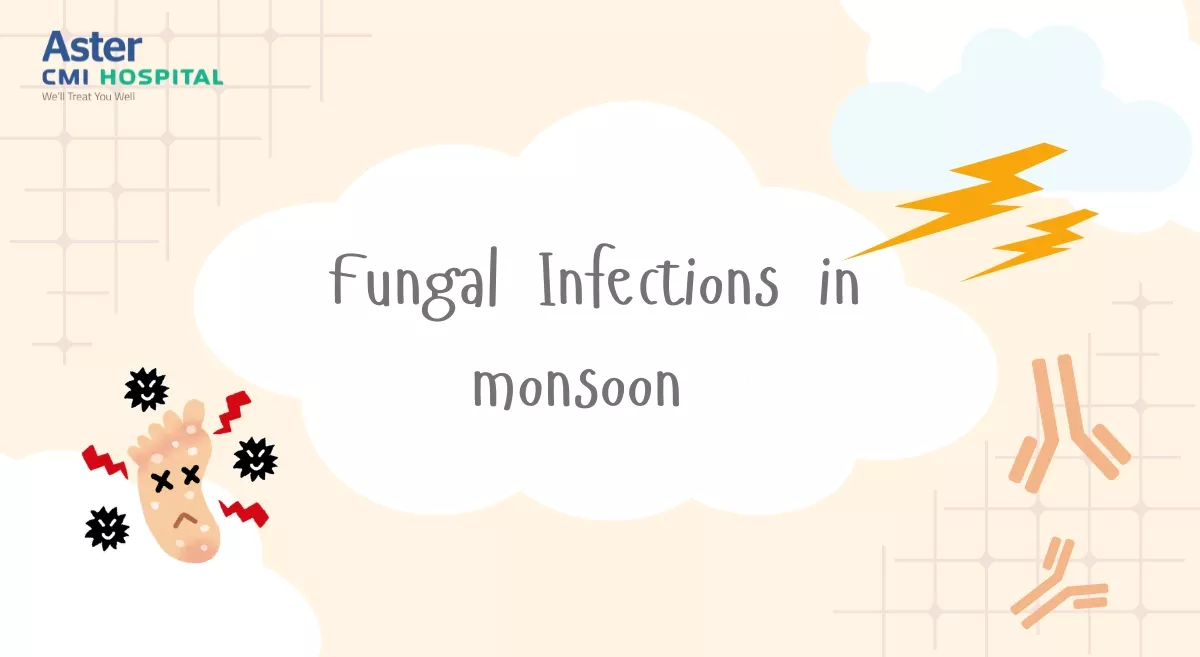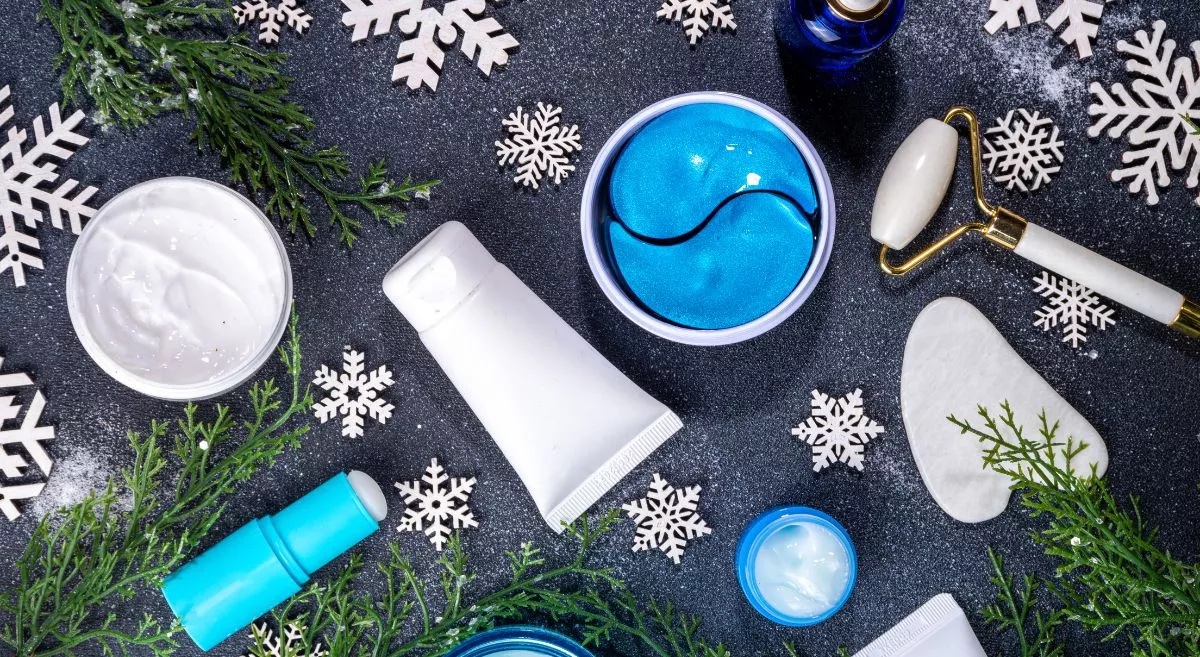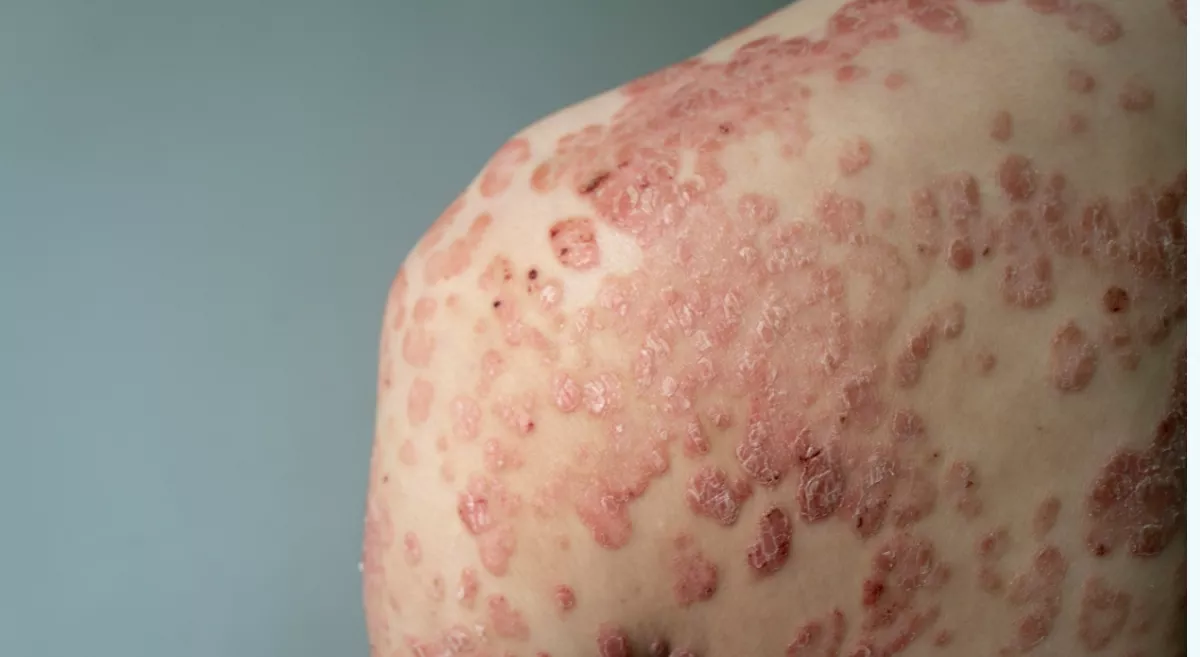The rain after a warm summer, we all love it, but that is also home to growing fungal infections. There is a high volume of moisture during this period, which is perfect for the growth of fungi on parts like the skin, hence the many cases of fungal infections during this season. Now it is worth identifying how these infections occur, what symptoms the diseases have, and how to avoid them.
What is Fungal Infection?
A fungal infection, also known as mycosis, is a disease that results from an infestation of fungi into the body, which may affect the skin, nails, lungs, or other body parts. Fungi are microorganisms that grow within environments and can be found in the soil, water, plants, or even on human beings. Most fungi are harmless or even good for your health, but when they grow in large numbers or get inside your body through a wound, breathing them in, or when your immune system is low, they can cause an infection.
Types of Fungal Infection:
- Athlete’s Foot (Tinea Pedis): Athlete’s foot is a fungal skin disease that usually affects the feet, especially the skin between the toes. It leads to the formation of rashes, irritation, and even blisters on the skin. Hypersensitivity is likely to occur if one walks with wet shoes and socks or walks barefoot in areas such as locker rooms.
- Ringworm (Tinea Corporis): Despite its name, ringworm is a fungal infection, not caused by worms. It appears as red, circular patches on the skin, which can become scaly and itchy.
- Yeast Infections (Candidiasis): Candidiasis is a yeast infection that affects parts of the body which are warm and wet, like the groins, armpits, and the region under the breasts. In severe cases, it leads to inflammation, rashes, and white leucorrhoea.
- Tinea Versicolor: This is an infection of the skin which gives rise to small discolored patches. This skin condition is most commonly observed on the chest, back, and shoulders. Tinea versicolor is more common in hot and humid areas and, if recurrent, tends to flare up during monsoon.
- Onychomycosis (Fungal Nail Infection): This infection affects the nails, causing them to become thicker, change color, and stiffen. Usually, there are small white or yellow lesions, often at the base of the nail, which may extend further if not treated.
The common symptoms of fungal infection include:
Fungal infection can happen on different parts of the body, and the symptoms differ based on the type. Commonly seen symptoms are:
- Itchy, red, or scaly patches of skin
- Rashes that may spread or form ring-like patterns
- Blisters or peeling skin, particularly in moist areas like the feet or groin
- Discoloration of skin patches
- Foul-smelling discharge in severe infections
It's crucial to identify these symptoms early and seek medical advice to prevent the spread of the infection.
Why Do Fungal Infections Increase During Monsoon?
During the monsoon, the environment becomes damp and humid—two conditions that fungi love. Wet clothes, damp footwear, and constant exposure to moisture increase the risk of fungal growth on the skin. The sweat and grime that build up on the skin due to high humidity create an ideal habitat for fungi to multiply.
How to prevent fungal infections?
Prevention is always better than cure, and with some simple practices, you can reduce the risk of developing fungal infections during the monsoon:
- Maintain Personal Hygiene: Wash often, especially if you've been out in the sun or rain. Always make sure to dry yourself well, especially areas prone to sweating, like the feet, armpits, and groin.
- Wear Moisture-Wicking Fabrics: Choose natural fabrics like cotton that let the skin breathe instead of synthetic ones. Avoid tight garments made from synthetic fibers that stick to the skin, as they slow down evaporation.
- Change Wet Clothes and Shoes Immediately: Don't leave wet clothes or shoes on for a long time, as they provide a good breeding ground for fungi. Opt for fibers that dry quickly and are comfortable.
- Use Antifungal Powders: Apply antifungal powders on areas like the feet and groin to prevent fungi from growing.
- Keep Your Feet Dry: Wet feet can lead to fungal infections, as moisture gets absorbed by shoes and socks. Use antifungal powder and wear moisture-absorbing socks. Change out of wet shoes as soon as possible.
- Avoid Sharing Personal Items: Items like clothing, shoes, and towels can spread fungal infections. Personal items such as handkerchiefs, hairbrushes, and combs should not be shared.
- Disinfect Common Areas: Gyms, swimming pools, and showers should be cleaned and disinfected before use. Avoid walking barefoot in these places.
How to treat fungal infections?
Fungal infections can usually be managed with over-the-counter medicine or prescriptions from a doctor, depending on the location and severity of the infection. Common treatment options include:
- Topical Antifungal Creams and Ointments: Mild infections can often be treated with topical creams or ointments, which are applied directly to the affected area.
- Oral Antifungal Medications: In severe cases, oral medications may be prescribed, especially if creams don’t work.
- Antifungal Powders: These are used to prevent fungal growth, particularly in areas like the feet, groin, and underarms.
- Nail Lacquers: For fungal nail infections, medicated nail paints can help cure the infection and encourage nail development.
- Home Remedies: For minor infections, home remedies like diluted tea tree oil, coconut oil, or apple cider vinegar can be used. However, it is advisable to seek medical advice before relying on these remedies.
When to See a Doctor?
If you notice persistent itching, rashes, or symptoms that don’t improve, consult a dermatologist. Early diagnosis and treatment can prevent the infection from spreading.
Conclusion
Fungal infections are often seasonal, with the monsoon being a common time for them. Regular washing, wearing breathable clothing, and using antifungal products can minimize the risk. If you suspect a fungal infection, consult your doctor for proper treatment and enjoy the monsoon without worries.




























